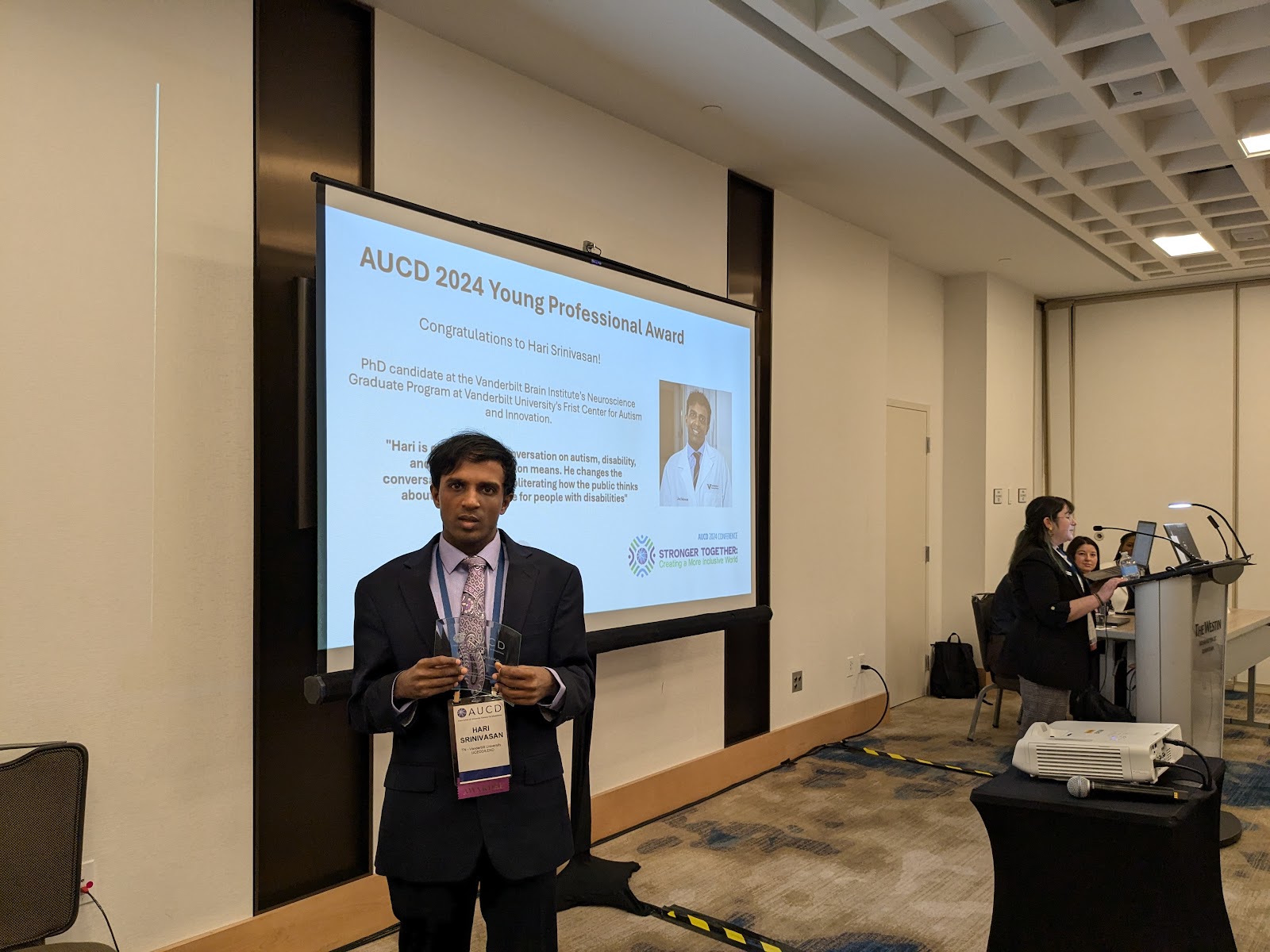The Social Model of Disability and the Neurodiversity Paradigm both challenge traditional perspectives on disability, emphasizing societal factors over individual deficits. However, they differ slightly in scope, focus, and origins.
Similarities:
- Societal Influence: Both argue that the primary challenges faced by disabled individuals come from society's structure, attitudes, and policies rather than inherent flaws within the person. Barriers to inclusion (physical, attitude, communication) are highlighted.
- Advocacy for Inclusion: Both emphasize the importance of reshaping societal norms, environments, and policies to be more inclusive and accommodating, thereby fostering greater acceptance and understanding.
- Agency and Identity: Both encourage individuals to embrace their identities and advocate for a society that respects diverse ways of functioning, viewing these as part of a human spectrum rather than problems to be "fixed."
- Critique of the Medical Model: Both models reject the traditional medical model, which views disability primarily as a deficit within an individual that requires intervention. Instead, they argue for a broader understanding that includes systemic and societal factors.
Differences:
- Scope and Origins: The Social Model, originating in the broader disability rights movement, addresses all disabilities, focusing on how society disables individuals through barriers and prejudice. Neurodiversity, specifically pertains to neurological variations like autism, ADHD, and dyslexia, emphasizing that neurological diversity is a natural part of human variation.
- Difference v Disability: Neurodiversity emphasizes the concept of "difference" rather than "disability," suggesting that conditions like autism are part of natural variation rather than inherently disabling. The Social Model, however, focuses on disability as a socially created issue, regardless of the nature of the impairment.
- Framework of Disability: The Social Model views disability as an interaction between a person with an impairment and an inaccessible society, focusing on environmental changes. Neurodiversity, by contrast, views neurological differences as variations with both strengths and challenges, advocating for acceptance of different cognitive styles and capacities.
- Individual v. Collective Identity: Neurodiversity often highlights individual strengths and contributions specific to each neurological type, particularly emphasizing the value of traits seen in neurodivergent communities. The Social Model, meanwhile, focuses more broadly on collective experiences and solidarity among disabled people against shared barriers.
Both models advocate for a society that values and adapts to diversity, but they apply these principles in distinct ways based on their different foundations.












